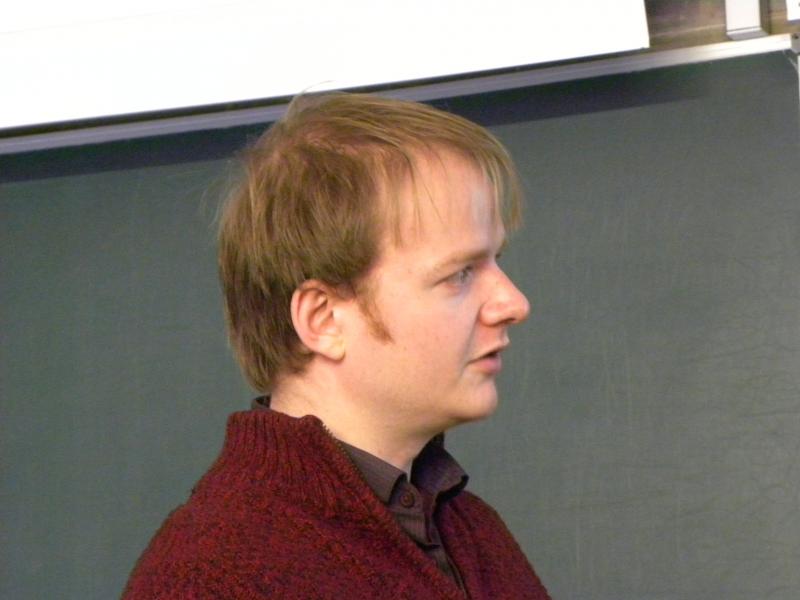Sustainable Solder Flux from Novel Ionic Liquid Solvents

Having been an interested member of the audience at the Institute of Circuit Technology (ICT)’s Winsford Seminar, when Dr. Andrew Ballantyne described research at University of Leicester exploring the potential benefits of ionic liquids as replacements for conventional soldering fluxes, I was delighted to accept an invitation to visit the university and to sit in on a project review meeting, where the latest developments were revealed, explained, and discussed.
Dr. Ballantyne gave a comprehensive account of recent, current, and ongoing work on applications in electronics soldering of the class of ionic liquids known as deep eutectic solvents (DES), which had the ability to dissolve metal oxides without the need for acidic activators. The project, supported by the Innovative Electronics Manufacturing Research Centre, aimed to achieve a better understanding of the surface chemistry, to examine feasibility and functionality, to test and validate soldering to PCBs with various surface finishes, and to assess the market opportunities for commercialisation.
He reviewed the results of preliminary solderability testing with SN100C lead-free alloy on a range of PCB finishes including bare copper, OSP, ENIG, immersion silver, immersion tin, tin-lead HASL and lead-free HASL, on surface-mount pads, through-holes and BGA pads. Generally DES fluxes had performed remarkably well, an exception being a tendency to slow through-hole filling, and this effect could be overcome by dilution of the flux with water. Stainless steel and nickel-chrome had also been successfully soldered.

The interfacial properties of metal substrates such as copper, silver, gold, nickel, and aluminium had been studied and characterised by scanning electron microscope--energy dispersive X-ray elemental mapping, X-ray photoelectron spectroscopy, Fourier-transform infra-red functional group mapping and atomic force microscope three-dimensional profiling. The study had been extended to PCB test boards, with a focus on SAC 305 lead-free solder. DES fluxes had been prepared from organic salts with a range of organic hydrogen bond donors, and the influence of formulation on solderability and the nature and quantity of breakdown products had been examined. Some interesting observations had been made on the metal dissolution process during soldering, and the mechanisms were being further investigatedBGA reflow soldering trials had been carried out in co-operation with the Materials Technology Centre in Coventry, UK. In the first instance, using BGAs with 500 micron solder balls and PCB test coupons with ENIG finish, reflow soldering was performed using flux only, and no added solder paste. Several DES fluxes were compared with a commercial flux as reference. Although initially some missing bonds were apparent, dilution of the DES flux with water gave significant improvement, with results at least as good as achieved with the commercial flux.
